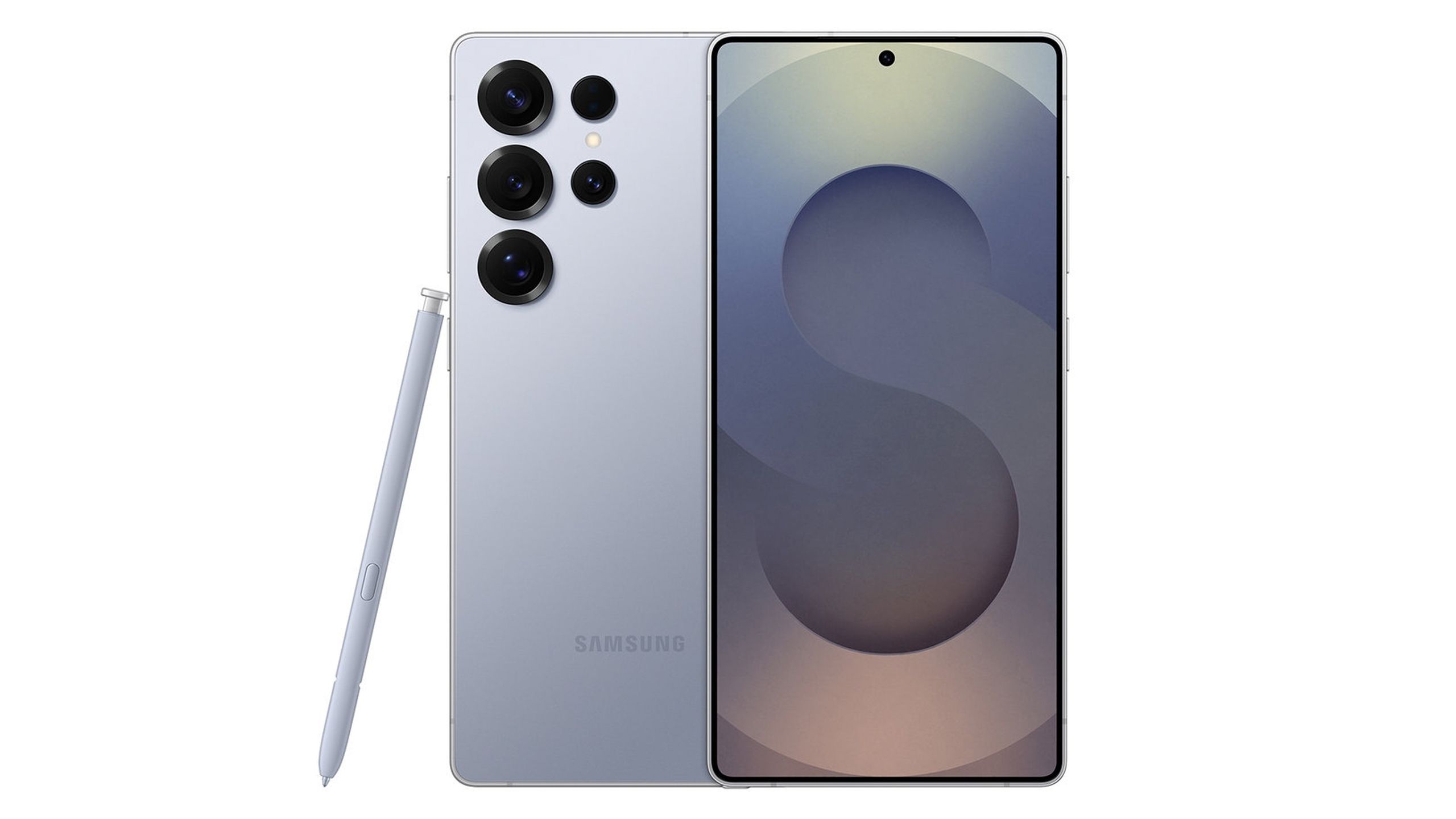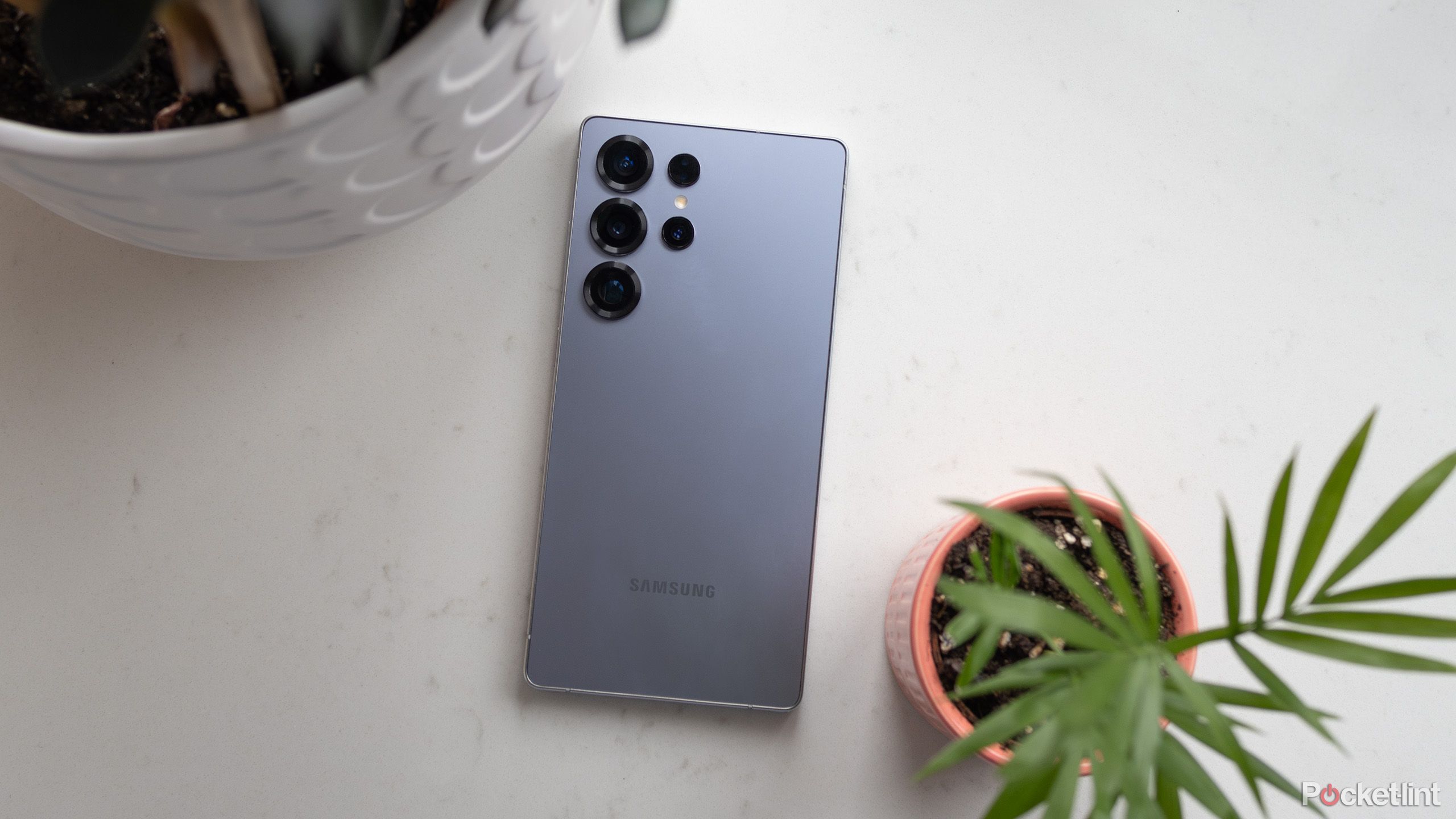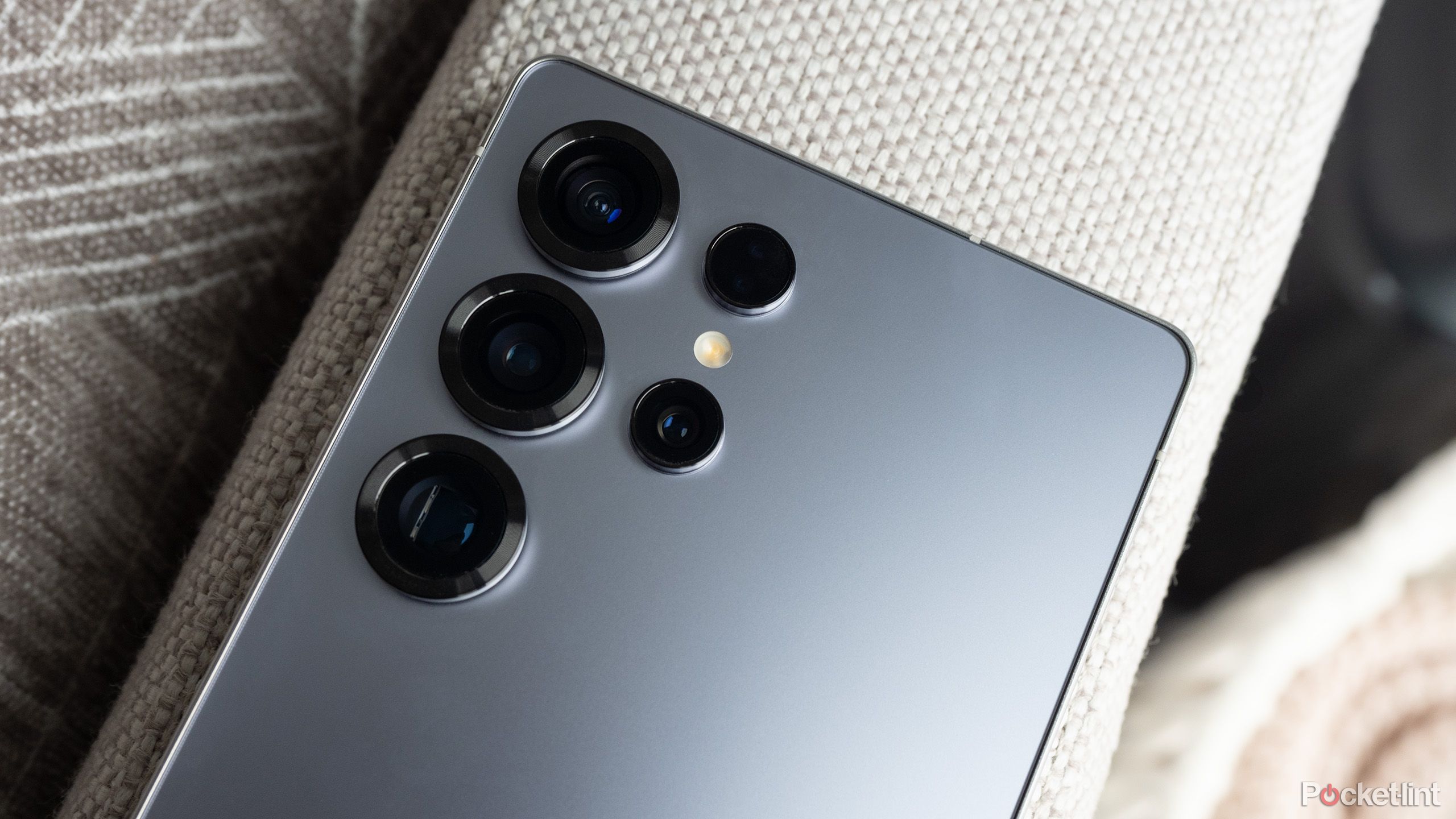Abstract
- Android OEMs are making “Extremely” flagship smartphones, some partnering with digicam firms for tuning.
- Samsung makes use of its personal computational pictures, whereas Oppo collaborates with Hasselblad for tuning.
- Digital camera showdown between Samsung Galaxy S25 Extremely and Oppo Discover X8 Extremely reveals Oppo excels in zoom and low-light photographs.
Most Android OEMs have shifted towards making an “Extremely” model of their flagship smartphones, that includes the best camera hardware they will supply. Many manufacturers, together with Oppo, Vivo, and Xiaomi, typically collaborate with well-known digicam firms, like Hasselblad, Zeiss, and Leica, to boost their digicam tuning.
Samsung and Google, then again, have taken a barely totally different path. They rely extra on their very own computational pictures and software program optimizations somewhat than counting on these legacy names for his or her digicam tuning.
To see how these two approaches examine at present, I examined the Samsung Galaxy S25 Ultra in opposition to the Oppo Discover X8 Extremely — and the outcomes have been fairly revealing.
A better take a look at the digicam {hardware}
Each telephones supply an analogous digicam setup
Earlier than we take a look at the photographs from each telephones, let’s shortly go over the digicam {hardware}. The Galaxy S25 Ultra contains a 200-megapixel main sensor with an f/1.7 aperture and OIS. It is paired with a 50-megapixel ultra-wide lens, a 10-megapixel 3x optical zoom lens, and a 50-megapixel 5x zoom lens.
The Oppo Discover X8 Extremely, then again, comes with a quad 50-megapixel setup, together with a 50-megapixel main lens with an f/1.8 aperture, a 50-megapixel ultra-wide lens with a 120-degree FoV, a 50-megapixel 3x zoom lens, and a 50-megapixel 6x optical zoom lens.
As talked about earlier, Oppo has partnered with Hasselblad over the previous few years to fine-tune photograph post-processing, whereas Samsung handles picture tuning totally in-house. In reality, Oppo has renewed its collaboration with Hasselblad and claims to be engaged on a “next-generation cell imaging system” that goals to set a “new commonplace” for smartphone pictures.
However does Hasselblad processing truly make a distinction? Let’s discover out.
The rear digicam showdown
Which Android smartphone has the higher digicam?
Earlier than we start, it is value noting that this digicam comparability focuses solely on photographs taken with the rear digicam setups of each telephones. All pictures have been captured in tap-and-shoot mode, with Professional mode not used, as most customers sometimes do not shoot that approach.
Additionally, remember that photographs to the left of the slider have been taken with the Oppo Discover X8 Extremely, whereas these on the precise have been captured utilizing the Samsung Galaxy S25 Extremely.
Main
Proper off the bat, you may discover an enormous distinction in shade copy and HDR processing between the 2 telephones.
Within the shot above, you may discover that the Galaxy S25 Extremely goes for a extra saturated and brighter look, whereas the Oppo Discover X8 Extremely goals for lifelike pores and skin tones with a wider dynamic vary. However the white steadiness on the Oppo shot feels barely off. The greenery within the background has a cooler, virtually bluish tint that does not look pure.
Samsung could also be boosting colours a bit, however its total rendering feels extra balanced and visually pleasing on this case. Personally, I want the look of the Galaxy S25 Extremely shot right here.
This one tells an analogous story. The Oppo shot as soon as once more appears to wrestle a bit with both HDR or white steadiness. Look carefully on the textual content above the truck — it is clearly seen within the picture taken utilizing the Galaxy S25 Extremely, however more durable to learn within the Discover X8 Extremely one.
That stated, Oppo does a greater job of highlighting the main points contained in the truck.
That is the place Oppo actually shines. I truly want the Discover X8 Extremely’s photograph right here. It goes for a extra saturated, punchier look, which works superbly on this scene, stuffed with shade and distinction.
The Galaxy S25 Extremely’s model is flatter, with much less shade and distinction, and loses some data in shadowy areas.
Extremely-wide
Oppo Discover X8 Extremely vs. Samsung Galaxy S25 Extremely: ultra-wide check
Shifting on to the ultra-wide photographs, the Discover X8 Extremely produces a brighter (and hotter) picture. The greens look a bit livelier, and there is extra seen element within the darker areas close to the underside left. The general publicity feels extra even throughout the body.
The Galaxy S25 Extremely, then again, goes for a barely cooler look. Sure, the picture does look barely extra dramatic, however it additionally feels a bit flatter total and lacks the punchiness that the Oppo manages to ship straight out of the digicam.
There’s additionally an enormous distinction in distortion dealing with. The picture from the Galaxy S25 Extremely seems barely extra stretched towards the perimeters, whereas the Oppo flagship retains issues tighter and extra balanced.
Zoom check
Oppo Discover X8 Extremely vs. Samsung Galaxy S25 Extremely: 3x zoom check
At 3x zoom, each telephones seize contrast-heavy photographs, however the variations begin to present when you look nearer. The Oppo Discover X8 Extremely makes use of a decrease aperture (f/2.1 in comparison with f/2.4 on the Galaxy S25 Extremely), and that reveals within the background blur and shallower depth of subject. Nonetheless, that wider aperture additionally makes it trickier to deal with highlights, and Oppo does not fairly pull it off right here.
Samsung does a noticeably higher job at managing gentle. Take a look at the topic’s white clothes — the S25 Extremely retains texture and definition, whereas the Oppo shot blows out a few of these particulars. The identical goes for the pink flowers within the backside left.
Each are stable photographs, however Samsung takes the lead right here with higher element retention and extra managed distinction.
Oppo Discover X8 Extremely vs. Samsung Galaxy S25 Extremely: 30x zoom check
That is the place the Discover X8 Extremely pulls forward. At 30x zoom, the Oppo flagship captures a noticeably sharper picture. You possibly can clearly make out the textures on the door in addition to the partitions. You possibly can even clearly see the bushes behind the shed.
The Samsung Galaxy S25 Extremely holds up surprisingly properly, however loses sharpness once you zoom in. The partitions and doorways of the shed begin to blur, and also you lose definition across the grass in entrance.
Indoor lighting
In well-lit indoor circumstances, each telephones put in stable work, however they method shade and publicity in a different way. The Discover X8 Extremely tends to go for a hotter, barely extra saturated look. The pictures have a bit of additional vibrance, simply take a look at the mugs and books within the shot above.
The Galaxy S25 Extremely leans in the direction of a extra impartial shade tone. The picture finally ends up trying a bit flat and fewer participating. There’s additionally barely much less readability across the guide labels and the mugs once you zoom in.
Equally, within the second shot above, the distinction lies within the tone. Oppo goes for a hotter tone, whereas the Galaxy S25 Extremely retains issues cooler. The shot from the Galaxy S2 Extremely is sharper as properly. The feel of the material and the sharpness of the beads on the hairpiece are higher maintained right here.
Night time/Low-light
Relating to low-light and night-time photographs, the Discover X8 Extremely clearly pulls forward. It delivers a cleaner, extra balanced evening shot — lighting is extra evenly distributed, highlights are higher managed, and the picture seems brighter total with out overexposing any a part of the body.
Then again, the Galaxy S25 Extremely produces a warmer-toned picture, however it feels overprocessed. Lights seem blown out, and there is extra noticeable noise within the shadows. The shot lacks the pure dynamic vary that Oppo manages to retain, particularly across the brilliant string lights.

- SoC
-
Snapdragon 8 Elite
- Show
-
6.9-inch
- RAM
-
12GB
- Storage
-
256GB, 512GB, 1TB
- Battery
-
5,000mAh
- Rear digicam
-
f/1.7 200-megapixel extensive, f/1.9 50-megapixel ultra-wide, f/2.4 10 megapixel 3x telephoto, f/3.4 50-megapixel 5x telephoto
The Samsung Galaxy S25 Extremely is probably the most refined flagship from the model but. It comes with an enormous 6.9-inch edge-to-edge AMOLED panel, the most recent Qualcomm Snapdragon 8 Elite chipset, and a quad-camera setup with as much as 5x optical zoom and 100x digital zoom.
Equally, right here as properly, the Discover X8 Extremely once more shines with higher publicity and extra correct shade tones. Particulars on the sofa, wall textures, and decor seem crisp and evenly lit, with out darkish patches or overly brilliant highlights.
The Galaxy S25 Extremely leans towards a contrast-heavy look, which additionally ends in some lack of element. Areas just like the left facet of the sofa and the wooden paneling seem muddier. The general scene feels darker and lacks the heat that Oppo delivers.
Which digicam is best?
So, which digicam is best? Nicely, that is determined by what you worth extra.
The Samsung Galaxy S25 Extremely continues to ship glorious consistency, particularly in daylight, with its pure shade science and glorious dynamic vary. It additionally performs properly in indoor lighting, sustaining impartial and pure tones with out making photographs overly heat.
That stated, the Oppo Discover X8 Extremely makes a compelling case. Its ultra-wide digicam produces livelier, extra balanced photographs, and each zoom and low-light pictures are exceptionally good.
If I needed to decide one, I would lean towards the Oppo Discover X8 Extremely. You get higher zoom efficiency, superior low-light photographs, and daylight picture high quality that is practically on par with Samsung.
Trending Merchandise

Acer KB272 EBI 27″ IPS Full HD (1920 x 1080)...
















